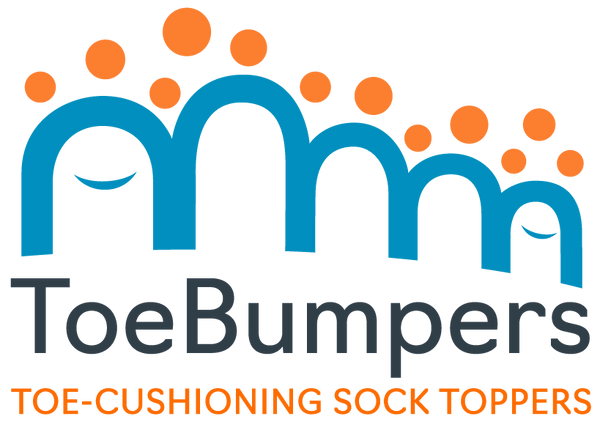About 27% of novice runners experience an injury yearly, which jumps to 52 percent for marathon runners. If adjusted for the total hours of the run, novice runners are about twice as likely to have toe pain as regular runners.
One minor injury that many runners experience is black toenails.
Black toenail, medically known as a subungual hematoma, is when one of your toenails turns black because of the repeated stress of running and the damage it can cause to blood vessels that feed the toenail.
What are the symptoms of a runner's toenail?
Although it's often painless, and some runners see it as a badge of honor, some of the most common symptoms of runner's toenail include:
- black or dark red discoloration
- pain
- loose toenails
- blood blisters
- pressure under your nail
- loss of toenail
Common Causes for Runner's Toe
Repetitive trauma to the toes usually causes runner's toenail. When you run, the tips of your toes slam into the front of your shoe each time your foot touches the ground. The inside of your shoe is relatively soft, so this impact only causes a microscopic amount of damage known as microtrauma.
Running between 20-40 miles per week can increase your risk of runner's toe. Increased mileage is akin to hitting your toes thousands of times per week in the same spot. The more times you hit your toe, the more damage accumulates. You're most likely to develop runner's toe in your big or second toe since they extend the farthest in your shoe.
Runner's Toe Prevention
Minimizing stress in this area may help you prevent it. Here are some preventive steps to take:
- Buy properly fitting shoes. Get properly fitted for shoes at a professional running store.
- Keep your toenails short. This can help minimize the amount the end of your nail hits the front of your shoe.
- Work on your technique. Working on technique may reduce your injury risk.
- Tie your shoes. Keeping your shoelaces tight can minimize the amount your feet slide while running.
- Slowly increase mileage. Many coaches recommend only increasing your mileage by 10 percent at a time.
- Wear toe-cushioning socks. Socks that provide toe-cushioning, such as Toe Bumpers®, will absorb some of the force from running.
Products for Dealing with Runner's Toe
Often, a runner's toenail doesn't cause any symptoms other than discoloration. However, if it's causing you discomfort, there are a few ways you can manage the pain:
- Try wearing Toe-Bumpers toe-cushioning socks
- Many runners use silicone toe pads to relieve pressure.
- Runners also like the individual toe-socks that are sold at running stores
A New Product to Treat Runner's Toe
We developed Toe Bumpers® for runners. Although most seasoned runners have properly fitted shoes, the friction caused by extra space in the toe box on the tops and front of the toes can cause runner's toe. Toe Bumpers reduce friction in the top and front of your shoe and add an extra layer of cushioning for your toes.
They are designed to stay in your shoe for long runs and won't bunch up or move around. In fact, they feel virtually non-existent.
Benefits of Toe Bumpers Toe-Cushioning Socks:
🛡️ No More Toe Jams
☁️ Comfort and Cushioning
🔒 Won't Bunch Up or Slip Off
👟 Won't change the fit or feel of your shoe


